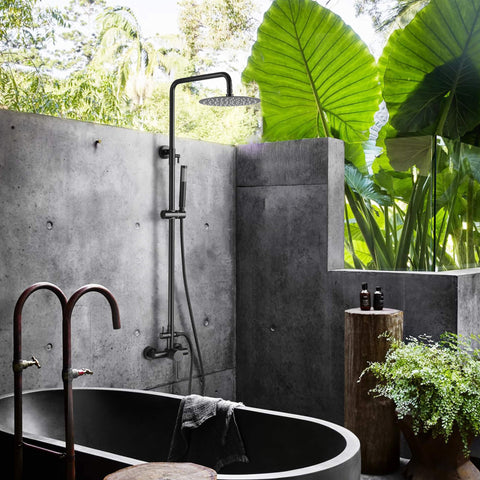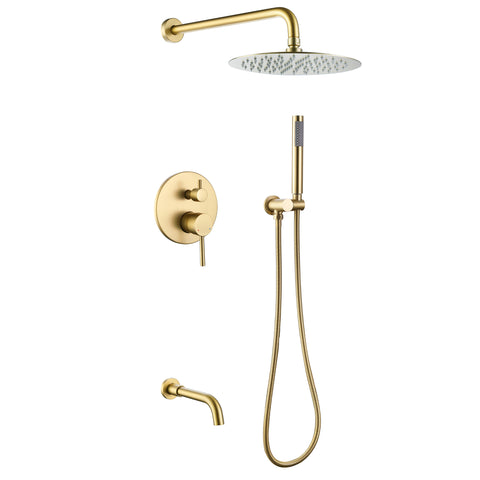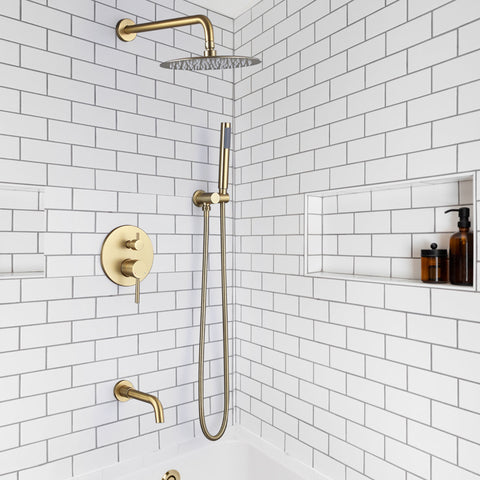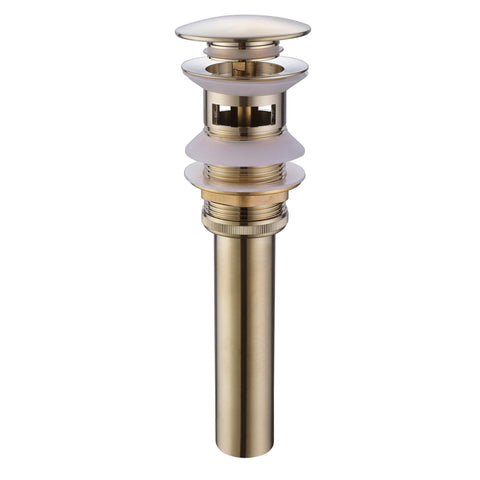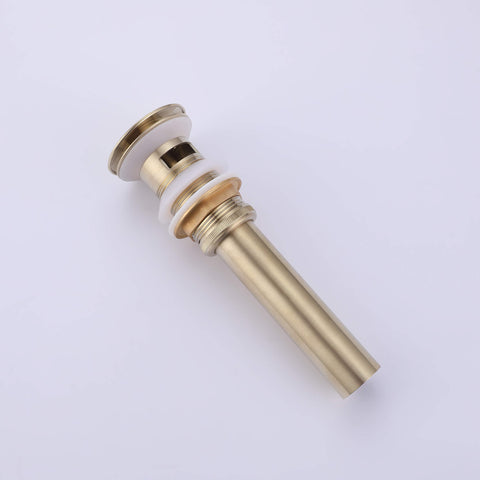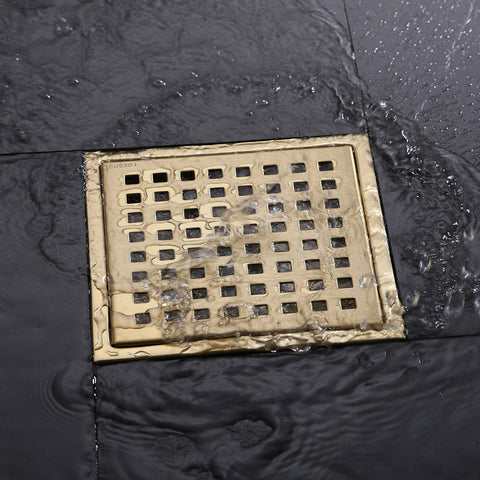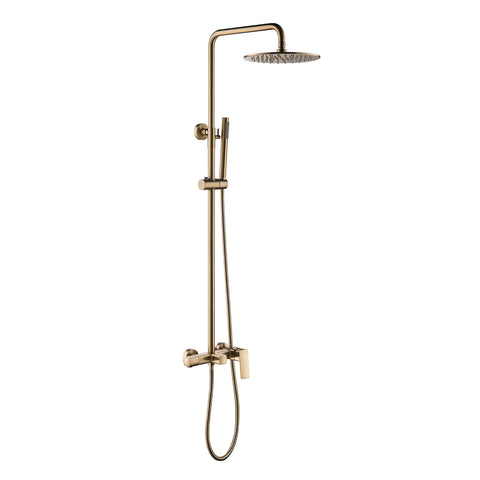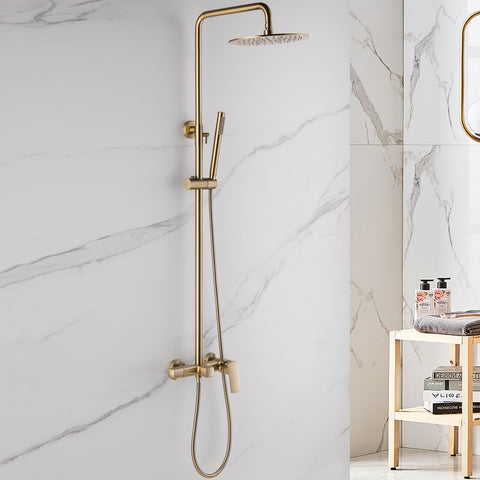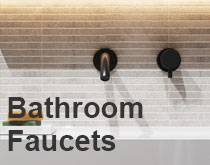How to Fix Water Hammer: Causes, Solutions, and Prevention Tips
If you hear a sudden “clanking” or “banging” sound inside your walls right after turning off the faucet , you’re likely experiencing a common plumbing issue called water hammer. This noise usually indicates a pressure shock inside your pipes caused by water flow stopping abruptly. Although it may sound alarming, water hammer is a well-known plumbing phenomenon—and it’s fixable.
Water hammer often occurs in pipes that are loose, poorly secured, or running through higher floors where water pressure fluctuations are more noticeable. In this guide, we explain what causes water hammer, why it happens, and the most effective ways to eliminate it.

What Is Water Hammer?
Water hammer occurs when fast-moving water in your plumbing system is stopped suddenly—usually when a faucet or valve is turned off too quickly. Because water cannot be compressed, the abrupt stop creates a shockwave that travels through the pipes. This sudden surge causes pipes to rattle, leading to the loud banging sound you hear.
The noise may be louder in areas with:
- Loose or improperly secured pipes
- Older plumbing systems
- High water pressure
- Appliances with quick-closing valves (dishwashers, washing machines)
If the sound is isolated to a particular faucet or fixture, that line is likely experiencing the majority of the pressure shock.
Solutions for Water Hammer
The good news: water hammer is not only common—it’s usually simple to fix. Here are the most effective methods to reduce or eliminate it.
1. Shut Off the Water More Slowly
The easiest fix starts with your daily habits. Quickly shutting off a faucet creates an immediate stop in the water flow, leading to a pressure spike. By closing the faucet more gradually, you allow water to slow down before stopping—reducing the sudden pressure change that causes water hammer.
2. Reduce the Water Flow Rate
High water flow creates more momentum in the pipes, which increases the force of the shockwave when water is shut off. Try slightly closing the angle stop valve beneath your sink to reduce the flow. For kitchen faucets, a typical recommended flow rate is about 2 GPM (gallons per minute). Lowering the flow can significantly reduce hammering, especially in older pipe systems.
3. Install Water Hammer Arresters
For a long-term or permanent fix, installing water hammer arresters is highly effective. These devices contain air-filled chambers that act as cushions, absorbing the shock when water flow stops abruptly. They are typically installed:
- Under sinks where hammering occurs
- Behind washing machines or dishwashers
- On any quick-closing valve line
Arresters come in compact versions for individual fixtures and larger units designed for entire plumbing branches. Installing them directly at the problem point is the most reliable solution.
Final Thoughts
Water hammer may be noisy, but it’s generally easy to control with the right approach. By adjusting your faucet habits, lowering water flow, or installing water hammer arresters, you can eliminate the banging sound and reduce long-term stress on your plumbing system.
If the noise persists—especially if it grows louder over time—it may indicate loose pipes or higher-pressure issues deeper in the system. In such cases, consulting a professional plumber ensures your lines are properly secured and functioning safely.
With these solutions, you can restore quiet operation to your plumbing and prevent potential pipe damage caused by repeated shockwaves.

